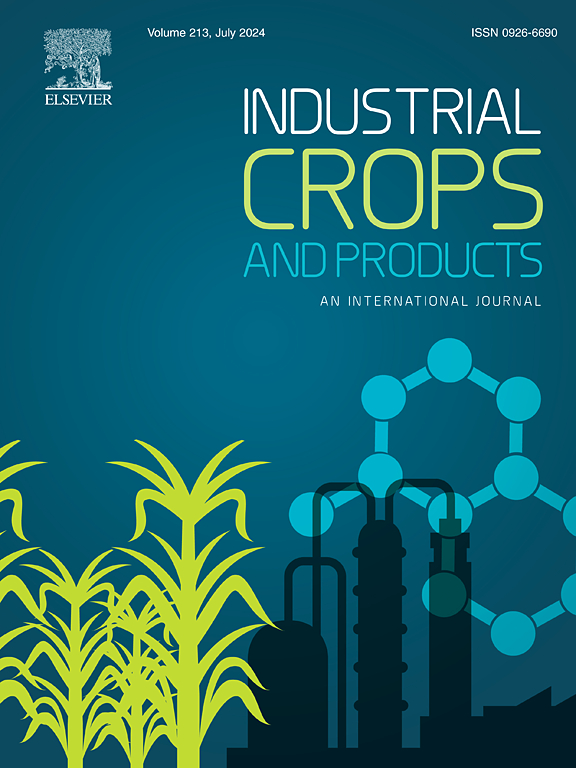Molecular basis of increased seed size and oil content in tetraploid castor bean
IF 5.6
1区 农林科学
Q1 AGRICULTURAL ENGINEERING
引用次数: 0
Abstract
Castor bean (Ricinus communis, 2 n = 2x=20) ranks as a highly significant non-edible oil crop globally, drawing substantial attention from breeders due to the extensive industrial applications of its seed oil. Artificial induction of polyploidy is an effective strategy to improve crop yield, but it has been less applied in castor bean and underlying mechanisms remain unclear. Here, we developed a tetraploid castor bean by colchicine induction with the enhancement of seed traits, including seed size, weight and oil content. Histological analysis showed that the increased seed size in tetraploid castor may cause by the increased cell size. Combined with transcriptome analysis, we identified many key genes involving into the hormonal signaling network, especially brassinosteroid and cytokinin, which may have the potential function in regulating seed size and weight in tetraploid castor. Meanwhile, we noted that many genes encoding key enzymes participating in glycolysis, fatty acids synthesis and triacylglycerol assembly were significantly up-regulated in tetraploid castor seeds as compared with diploid ones. Importantly, DAP-seq (DNA affinity purification sequencing) analysis showed that transcription factor WRINKLED1 might serve as a crucial regulator driving seed oil synthesis in tetraploid castor beans. Tetraploid castor bean lines we created provide new resources for castor bean breeding system. And importantly, these findings enhance our comprehension of the molecular mechanisms underlying seed yield traits, thereby aiding the genetic enhancement of desirable seed traits in castor beans.
求助全文
约1分钟内获得全文
求助全文
来源期刊

Industrial Crops and Products
农林科学-农业工程
CiteScore
9.50
自引率
8.50%
发文量
1518
审稿时长
43 days
期刊介绍:
Industrial Crops and Products is an International Journal publishing academic and industrial research on industrial (defined as non-food/non-feed) crops and products. Papers concern both crop-oriented and bio-based materials from crops-oriented research, and should be of interest to an international audience, hypothesis driven, and where comparisons are made statistics performed.
 求助内容:
求助内容: 应助结果提醒方式:
应助结果提醒方式:


